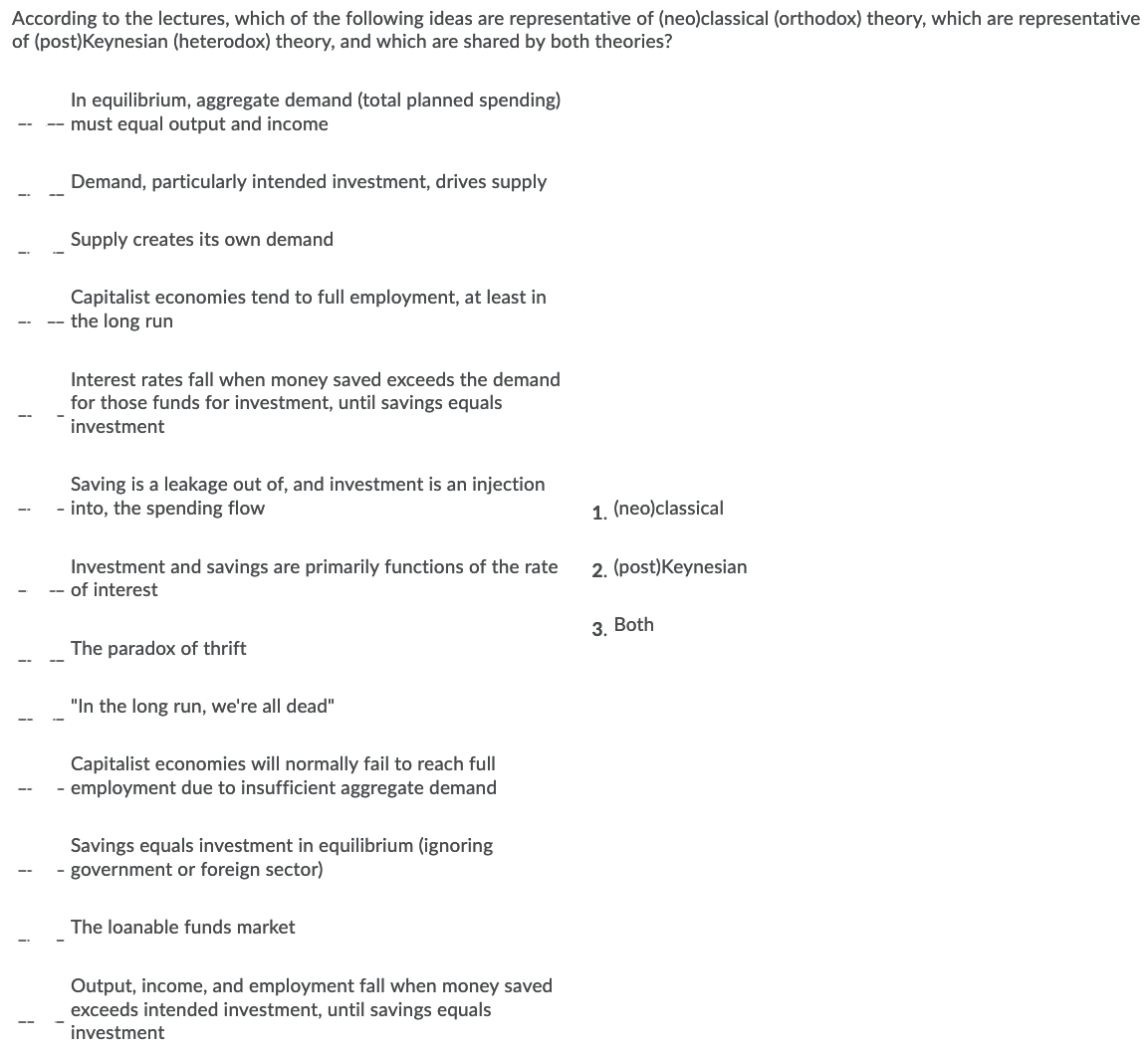Suppose a closed economy with no government spending or taxing is capable of producing an output of $1900 at full employment. Suppose also that autonomous consumption is $100, intended investment is $90, and the mpc is 0.50. How much additional autonomous spending (for instance, from the government) is needed to move the economy to full employment?
Suppose a closed economy with no government spending or taxing is capable of producing an output of $1900 at full employment. Suppose also that autonomous consumption is $100, intended investment is $90, and the mpc is 0.50. How much additional autonomous spending (for instance, from the government) is needed to move the economy to full employment?
Chapter8: The Keynesian Model
Section: Chapter Questions
Problem 5SQ
Related questions
Question

Transcribed Image Text:Suppose a closed economy with no government spending or taxing is capable of producing an output of $1900 at full
employment. Suppose also that autonomous consumption is $100, intended investment is $90, and the mpc is 0.50.
How much additional autonomous spending (for instance, from the government) is needed to move the economy to full
employment?

Transcribed Image Text:According to the lectures, which of the following ideas are representative of (neo)classical (orthodox) theory, which are representative
of (post)Keynesian (heterodox) theory, and which are shared by both theories?
In equilibrium, aggregate demand (total planned spending)
-- must equal output and income
Demand, particularly intended investment, drives supply
Supply creates its own demand
Capitalist economies tend to full employment, at least in
-- the long run
Interest rates fall when money saved exceeds the demand
for those funds for investment, until savings equals
investment
Saving is a leakage out of, and investment is an injection
- into, the spending flow
1. (neo)classical
Investment and savings are primarily functions of the rate
-- of interest
2. (post)Keynesian
3. Both
The paradox of thrift
"In the long run, we're all dead"
Capitalist economies will normally fail to reach full
- employment due to insufficient aggregate demand
Savings equals investment in equilibrium (ignoring
government or foreign sector)
The loanable funds market
Output, income, and employment fall when money saved
exceeds intended investment, until savings equals
investment
Expert Solution
This question has been solved!
Explore an expertly crafted, step-by-step solution for a thorough understanding of key concepts.
This is a popular solution!
Trending now
This is a popular solution!
Step by step
Solved in 2 steps

Knowledge Booster
Learn more about
Need a deep-dive on the concept behind this application? Look no further. Learn more about this topic, economics and related others by exploring similar questions and additional content below.Recommended textbooks for you







Macroeconomics: Private and Public Choice (MindTa…
Economics
ISBN:
9781305506756
Author:
James D. Gwartney, Richard L. Stroup, Russell S. Sobel, David A. Macpherson
Publisher:
Cengage Learning

Economics: Private and Public Choice (MindTap Cou…
Economics
ISBN:
9781305506725
Author:
James D. Gwartney, Richard L. Stroup, Russell S. Sobel, David A. Macpherson
Publisher:
Cengage Learning